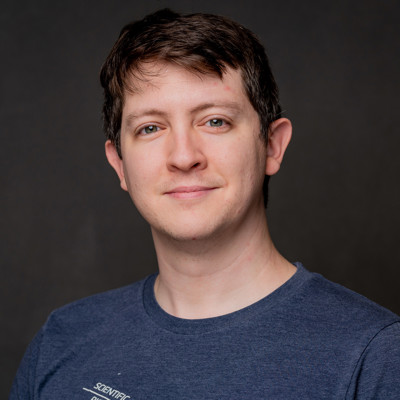Session
What We Didn't Build and Why
Good engineering is as much about choosing what not to build as shipping features. We see asks that sound good on the surface yet will not pay back. Seeing the risk is easy; saying no without damage is hard. In consulting this can feel backward: why turn down paid work? Because a bad yes is the fastest way to lose trust.
Even when we don't get to pick the work, we can shape it. Conversations start with translating technical concerns into into the language of the business: budget, time, outcome tradeoffs, risk, and compliance. Then we offer options between 'yes' and 'no', such as: prototypes with clear go or no-go criteria, keeping human experts in the loop when harm is possible, and buying over building when the space is commoditized. By keeping the conversation going and progress visible, decisions are reversible.
Learning outcomes
* Reframe risky asks in business terms, not technical jargon
* Spot product, org, and data red flags early
* Propose buy, baseline, pilot, or human-in-loop alternatives
* Say no rarely, with documented rationale and referrals

Robert Herbig
AI Practice Lead at SEP
Indianapolis, Indiana, United States
Links
Please note that Sessionize is not responsible for the accuracy or validity of the data provided by speakers. If you suspect this profile to be fake or spam, please let us know.
Jump to top